Most of this site is about the physical and social technologies required to improve our dysfunctional status quo to create thriving on our planet in the medium and long term. See this article for the big picture.
However, this and related posts are for what happens in the meantime. This article is focused on ten priorities in preparing for the likely disasters we are facing as things are bad and getting worse. We have the usual things that mess with human safety, including severe natural events like droughts, fires, floods, hurricanes, earthquakes, tornadoes. We also have a host of political, economic, and environmental problems. Historically, even a subset of these problems have repeatedly caused societies to collapse at different levels (recession, depression, holocausts, genocides, total collapse).
At present, the causes of societal collapse are all occurring simultaneously and, most recently, with a psychopathic U.S. president in charge. Even more recently, this president made an 
Before getting down to the brass tacks of the nine prepping priorities, there are a few contextual points that might be helpful to be aware of.
Fear & Discomfort. Prepping covers some very uncomfortable topics that understandably raise anxiety for almost anyone. What most of us do when confronted with unpleasant emotion is try to escape it either by avoiding the topic (e.g., denial) or pathologizing those who do engage in it (e.g., accusing people of being alarmist). In my view, this fact is one of the fundamental obstacles to shifting our culture to one that works. However, we can do something different — we can become emotionally resilient and learn to deal with reality even when it is unpleasant (see this article on the psychology of avoidance vs. dealing with reality; See this article from a survival skills author who emphasizes the psychological skills needed). My radical claim is that dealing with reality is the best way to minimize suffering. This may often mean that we find ourselves somewhere between denial and hyperbolic alarmism — preparation informed by facts and with our risk tolerance in mind. That’s true in the short term and the long.
This set of posts focuses on short-term potential realities by preparing for them. But, this has three short-term costs: (1) stress and anxiety (ignorance really can be bliss), (2) the money, time, and energy required to complete the preparations that we simultaneously hope will never be used, and (3) perhaps, some embarrassment about seriously approaching an issue that others dismiss (and pathologize) as the topic of wing-nuts, etc.
Politics. Many of the expert preppers out there are conservative politically. It is interesting to me (as a more progressive thinker) that people from very different world views are converging on the necessity of preparing. I regard this as bad news because it represents a kind of cross-validation of the need for getting serious about prepping. A more pleasant implication is that prepping is a way of honoring and respecting each other despite differences in political perspective in other areas.
Expense & Depth of Prepping. As with any area of knowledge, as we get deeper into a subject we become increasingly aware of our own levels of ignorance. Speaking of knowledge, most of the experts say that more than what you have, resilience is about what you know (see, for example, pathfinder classes). We can always know more, become more resilient, cover more scenarios, increase the quality of the gear that we may have to depend on, cover longer time periods (e.g., 2 weeks of food storage instead of only 3 days), etc. Becoming resilient is a continuum: some people come to be interested in prepping as a subject matter and go very deep indeed; others simply want to be told what to do to be “good enough.” My approach so far is to be prepared enough for my own comfort but can lay it aside at some point and spend my life on other interests. Prepping — perhaps like many subjects — is a deep rabbit hole. It’s your decision where to stop diving. Perhaps, this article on resilience and this one about levels of resilience will help frame this in more detail.
The Handbook to Practical Disaster Preparedness for the Family by In any case, a set of priorities can help. Checkout the Lehman’s Catalog for a variety of useful items.
Order of priorities (see this article)
(1) Go Bag. The main short-term recommendation from organizations like FEMA and Red Cross is to prepare an emergency kit both for surviving on your own for at least 72 hours and for possible quick evacuation (a “go bag”). See U.S. government recommendations and their printable list for a 72-hour kit. Notice that these recommendations are based on the idea that disaster relief will arrive within 72 hours. Also, see this site for other ideas and lists and checkout their printable summary.
For a more in-depth look at go bags, books are available on the topic. Build the Perfect Bug Out Bag: Your 72-Hour Disaster Survival Kit by Creek Stewart is one example. There is a full continuum of go bag options, from buying premade bags to building your own that can double as a good backpacking setup (with adjustments). There are cheap options and expensive options. Only by building your own can you decide what quality gear you are willing to bet on in an emergency.
The 72-hour kit (or “go bag”) should incorporate items for each of the other 9 priorities. So, let’s plunge in, one layer at a time. Keep in mind that the various sections are only summaries with more in-depth articles for a particular section accessible through the hot-linked title of that section (if available).
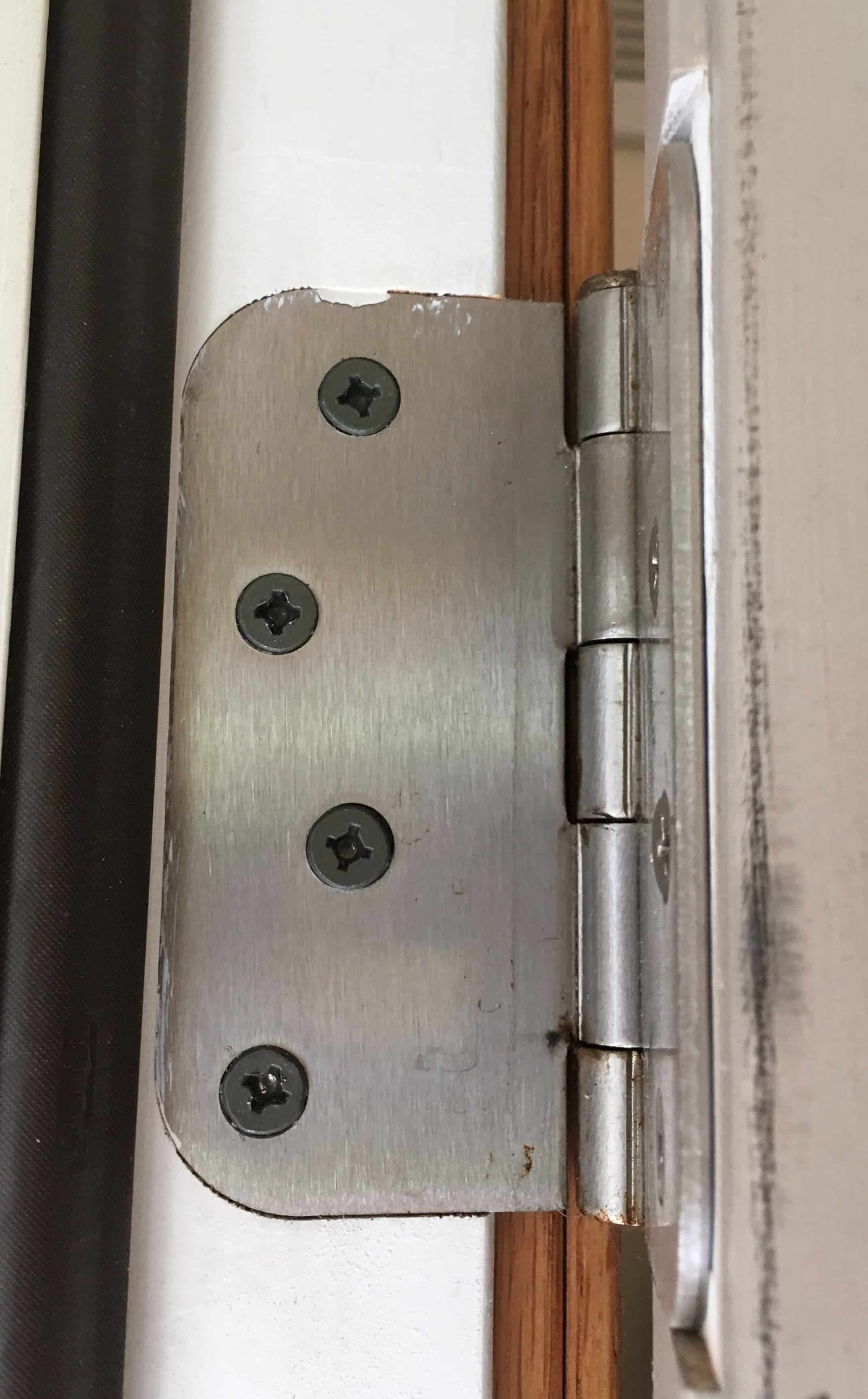
- Self-defense. See, for example, onpoint Tactical, Ancient Pathways, or CUMA (Illinois) for training classes.
Typical door construction? Most of the screws in our door were 3/4″ screws (top), with only a couple of 2 and 1/4″ screws (center). Now, all are 3″ screws (bottom) which means the door is attached not just to the frame, but the 2×4″ lumber to which the frame, itself, is attached. Solution: Replace short door-hinge screws with longer screws.
Easy fix. Put extra locks on your doors (pictured left)
- Secure rooms (detailed by The Secure Home by Joel Skousen; his website) are another possibility. Walls filled with gravel, hollow steel door (filled with gravel) or a dedicated steel door.
- Medical care. Another whole world. Take a First Aid class (e.g., NOLS Wilderness Medicine and/or Red Cross and/or combat first aid) and
Source: Hamfire First Aid Bag from Amazon adjust your first aid kit accordingly (see Emergency Car Kit for an example; also, see NOLS advanced wound care kit and blister kit). Popular additions includes variations on a bleed or trauma kit, especially when using an axe or gun. For example, Blue Force has a micro trauma kit (overview) that fits in a very small package on your belt and if you don’t want to spring for their $69 pouch, you can fit similar contents in 4″x6″x2″ pouch (see this one, for example). Popular additions include an Israeli bandage and/or a tourniquet of some kind (e.g., either a RATS style that works better for all sizes, including children and pets, or a CAT-style tourniquet (how to use) which packs a bit bigger than the RATs – 6.7″ x 2.4″ x 1.6″), and quick clot sponges/gauze.
- Infectious disease (e.g., pandemics). Coronavirus is unfolding as the most recent example. New virus + incompetent political responses (e.g., lack of tests and expertise in positions to influence the process) + unprepared society (e.g., lack of access to healthcare, disincentives to get treatment) –> failure to contain –> pandemic –> more economic disruption, suffering, and deaths than necessary. Am I being too dramatic in my responses or waiting too long to react? Remember the H1N1 flu of 1918 (the so-called “Spanish Flu”) killed 17-100 million world wide with recent analysis suggesting the importance of early social distancing interventions for mitigating the impact.
- Bio-chemical and/or nuclear accident preparation. See this site for a start. Also, FEMA’s guide to a nuclear incident and the Nuclear Attack Planning Base. EPA and Homeland Security guide, title “Planning Guidance for Response to a Nuclear Detonation First Edition (2009)”. Most hazardous area from fallout is 10-20 miles from ground zero. Iodine tablets (more info).
- Electronic security. Protecting various electronics from cars to phones to computers during an EMP is covered above. Day-to-day electronics security is also a good idea and is covered here.
(3) Shelter, Clothing, & Camping Kit. You can die of exposure to cold or heat in a matter of hours. Fire is intense heat and smoke and can kill you in minutes.
-
Source: Amazon Fire: Shelter for yourself and your belongings in a fire (temperatures max at around 2200 F and average 1800
Source: Amazon F, source). Protection includes: Smoke alarms, multiple fire extinguishers (example), 2 exits per room (emergency ladders for upstairs rooms – example), hoods or masks for being able to breathe while escaping smoke (example; example; Israeli citizens use something like these (use 44 mm Nato canisters) but there’s some talk about them being sold as new when they are not new and leaking and being obsolete; NIOSH-approved respirators such as these disposable masks; 3M overview on respirator selection; CDC article. Note that these respirators can serve in a pandemic as well (though industrial masks filter air that comes in but not air going out, so protects the user not others)
- UL-listed fire- and burglar-rated safe for valuables (Example; See this article talking about an alternative rating system; Not-UL listed example).
-
Pic source: Amazon Clothing is your personal mobile shelter. Prepare for all seasons. Consider set of clothes for each family member that is simply packed, ready, and not used otherwise (in your “go bag”). Don’t forget about gloves — they convert your hands into powerful tools for moving debris or broken glass.
-
Pic source: Amazon Heat: Think propane heater, wood stove, or generator/car-powered inverter to power furnace. To figure out propane needed, use a calculator like this one. 1 gallon propane = 91,452 BTUs. 20 lb propane tank has 4.72 gallons and thus 431,653 BTUs. The Mr. Buddy heater outputting at its max heat of 18,000 BTU uses .197 gallons per hour or 4.73 gallons (about one 20 lb propane tank) for 24 hours of constant heat. What we really need to know is how much heat we need it to supply to keep our area warm enough (calculator). It all depends on how much propane you want to keep on hand, how long you have to stay warm (you won’t know), how cold it will be (you won’t know), how warm your sleeping bags and coats are, how much space you are heating, and what surrounds that space (an upstairs bathroom with insulated ceiling without a window with no outer walls is better than basement room without insulation). Obviously 20 lb propane tanks are only realistic for small spaces for low goal heat maintenance (e.g., 0F). Here are different temperature scenarios for a small bathroom (549 cubic feet) and a larger room (1000 cubic feet) with the final line in each calculation showing how many days you can maintain a given temperature given a 20 lb propane tank.
| Room cubic feet (LxWxH): | 549 | ||
| -30 to Zero | -30 to 30 | -30 to 60 | |
| Degrees initial temp increase wanted | 30.00 | 60.00 | 90.00 |
| BTUs required for this initial increase | 2195.45 | 4390.90 | 6586.35 |
| Degrees of heat lost per hour (tight home at 20 degrees outside, 70 degrees inside should have 1-3 degrees/hour heat loss) | 8.00 | ||
| BTUs/hour to makeup loss (loss * .133 x cubic feet) | 585.45 | ||
| BTUs needed for 24 hours to maintain desired temperature | 14050.89 | ||
| 20 lb propane Total BTUs = 4.72 gallons*91,452 BTU/gallon | 431653.44 | ||
| # days of heat from 20 lb tank (including initial BTU) | 26.57 | 23.41 | 20.92 |
| Room cubic feet (LxWxH): | 1000 | ||
| -30 to Zero | -30 to 30 | -30 to 60 | |
| Degrees initial temp increase wanted | 30.00 | 60.00 | 90.00 |
| BTUs required for this initial increase | 2195.45 | 4390.90 | 6586.35 |
| Degrees of heat lost per hour (tight home at 20 degrees outside, 70 degrees inside should have 1-3 degrees/hour heat loss) | 8.00 | ||
| BTUs/hour to makeup loss (loss * .133 x cubic feet) | 1066.40 | ||
| BTUs needed for 24 hours to maintain desired temperature | 25593.60 | ||
| 20 lb propane Total BTUs = 4.72 gallons*91,452 BTU/gallon | 431653.44 | ||
| # days of heat from 20 lb tank (including initial BTU) | 15.53 | 14.40 | 13.41 |
| .133 formula: https://www.thecalculator.co/lifestyle/BTU-Calculator-97.html | |||
| BTU calculator: https://welovefire.com/btu-calculator/ | |||
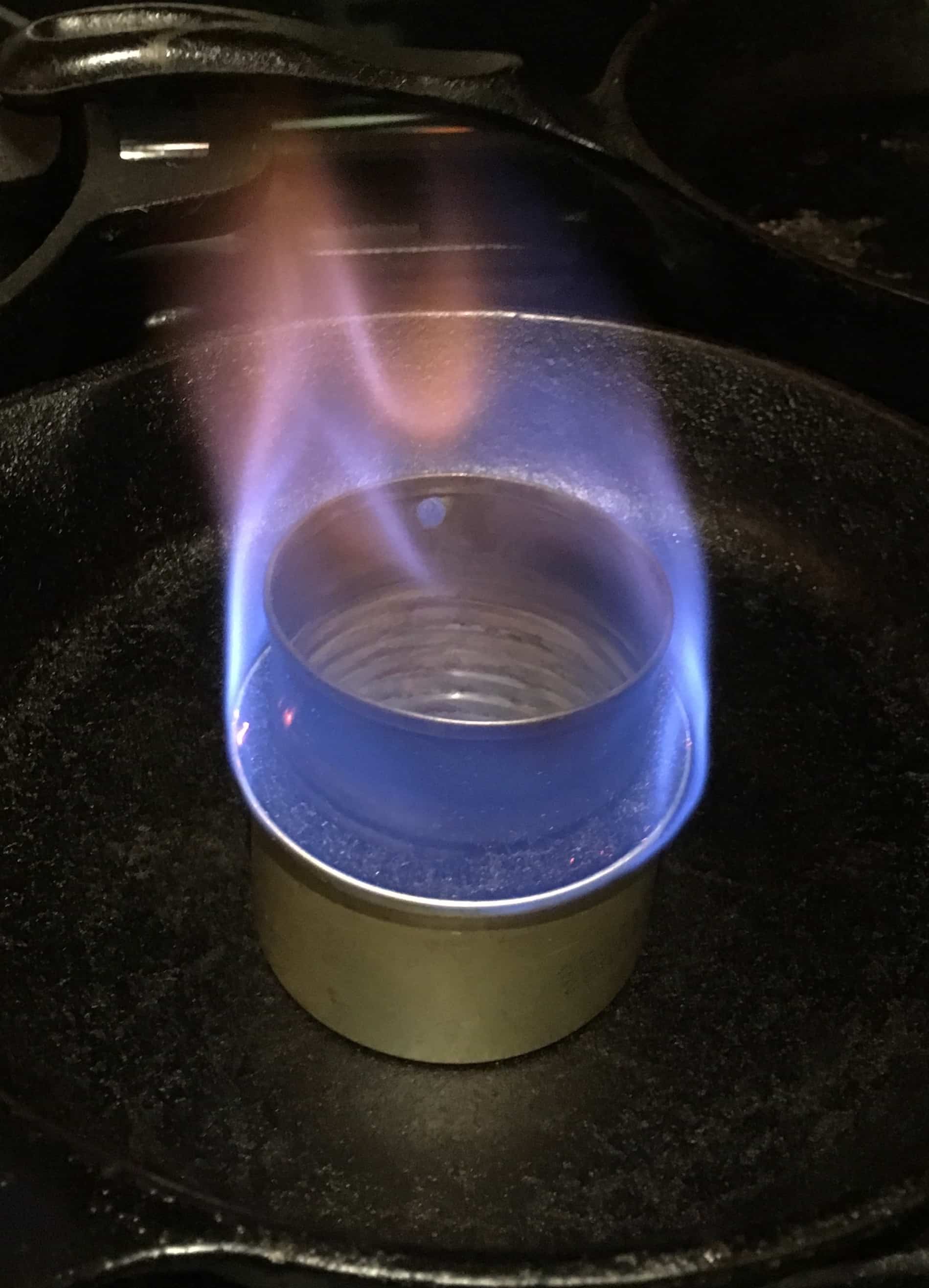

- Cooling: Think basement and low-power fans
- Evacuation – Alternative places to go: Outside of house but in neighborhood, Outside of neighborhood, Outside of town, Outside of country. How about a Community Supported Lakehouse?
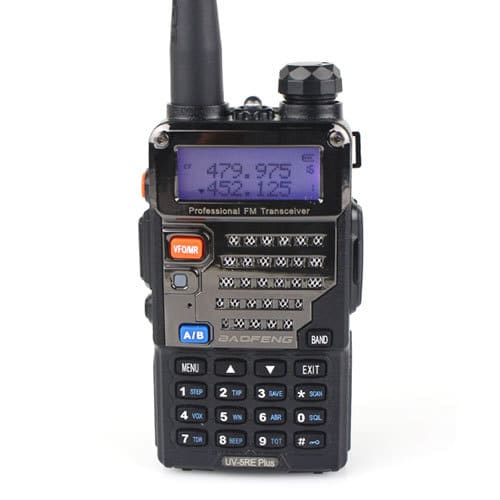

Is your family ok? Where are they? How and where do you meet up? One could argue this is the #1 priority, but obviously you have to be alive to communicate with family, thus safety and shelter have come first on our prepping list. Consult the hyper-linked title of this section for details about communication plan (this includes who to call, including outside area people, pickup and rendezvous locations and plans, insurance information, medical information, phone numbers for police, fire, EMS, red cross, poison control, and cabs). Cell phones are incredible technologies in an emergency with apps for everything useful you can think of, including emergency scanners (e.g., 5-0 Radio Pro), Zello walkie talkie, and more. And, what if the cell towers are down? Perhaps consider HAM radio as a backup.
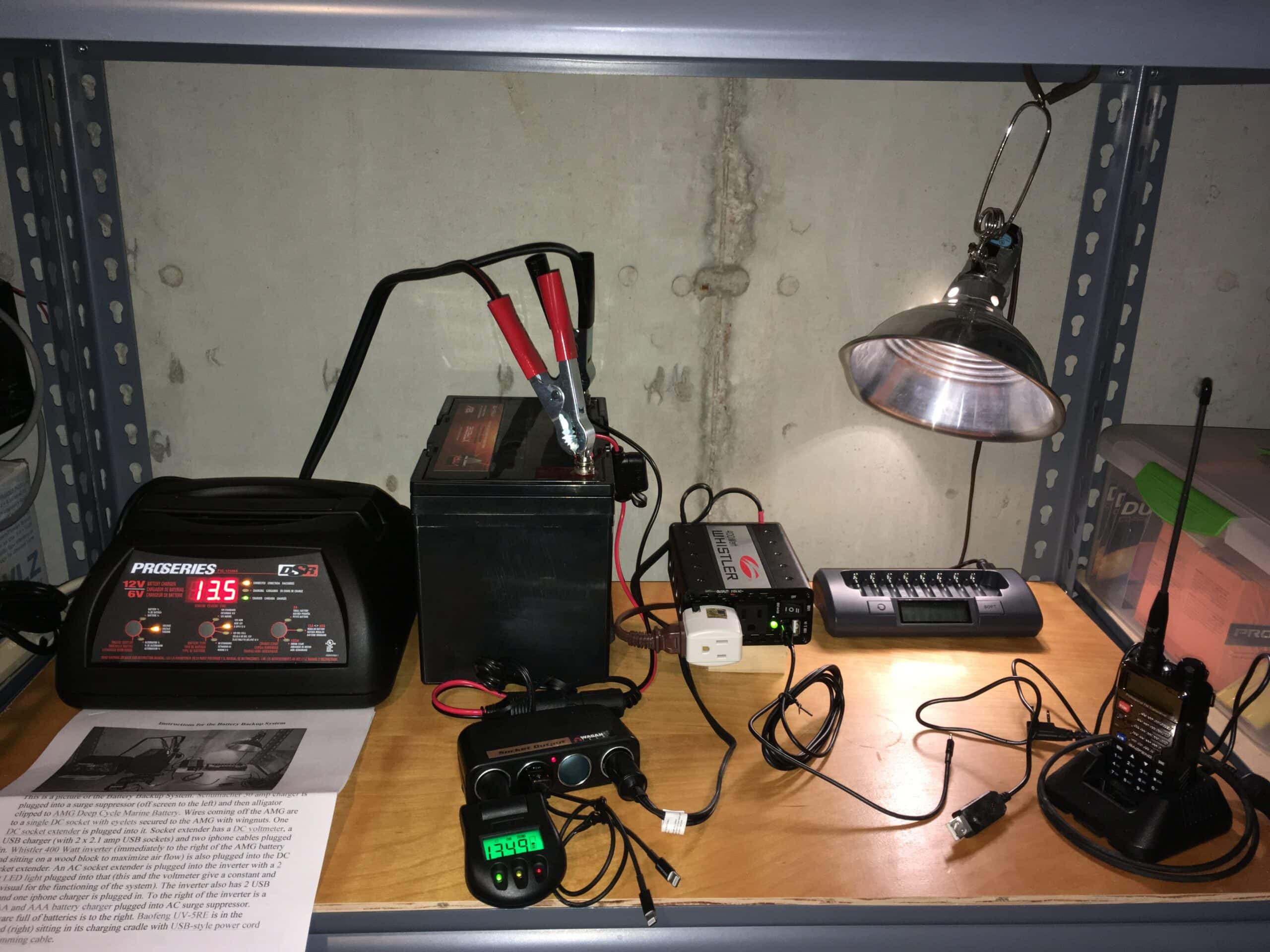
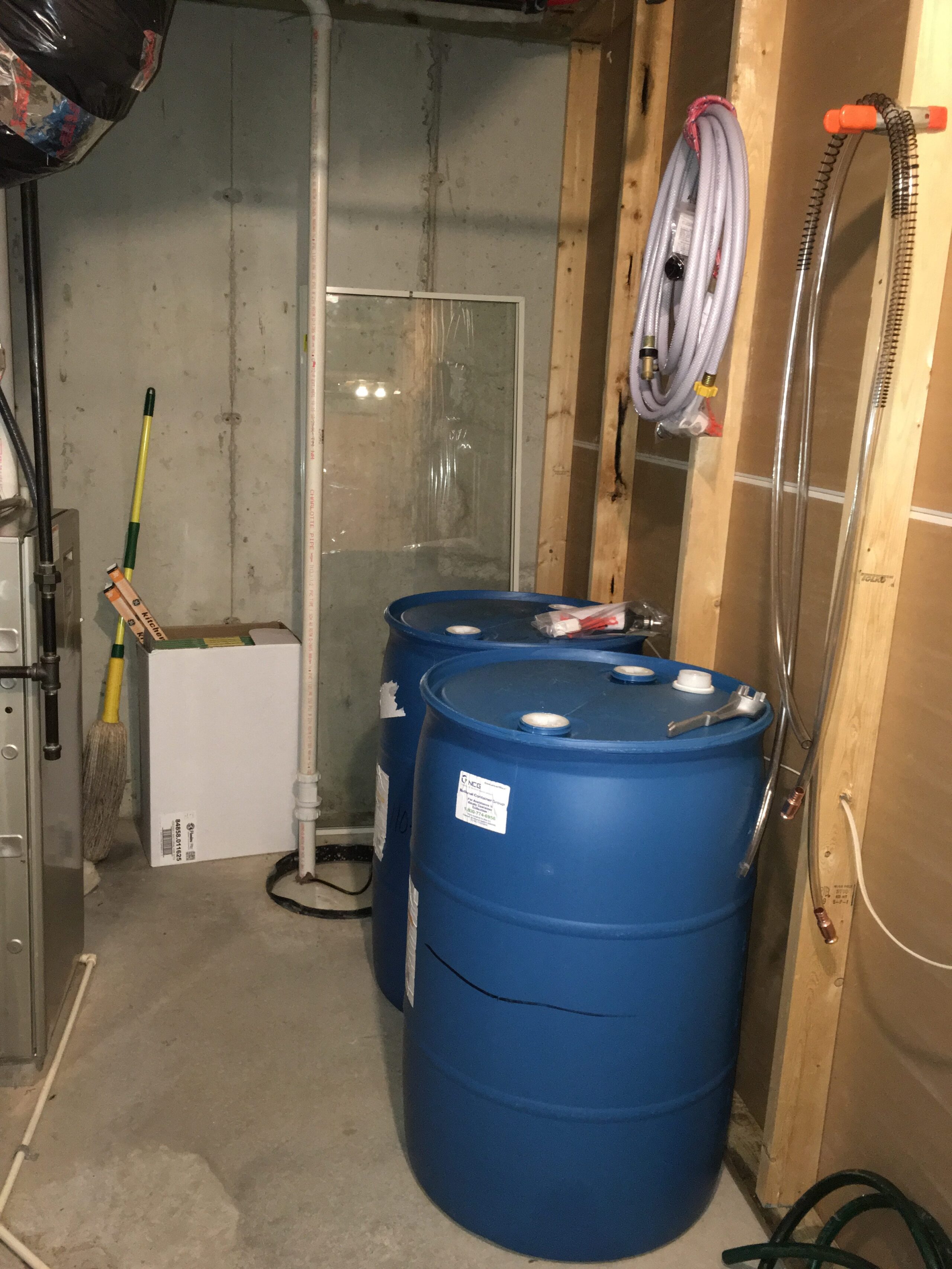
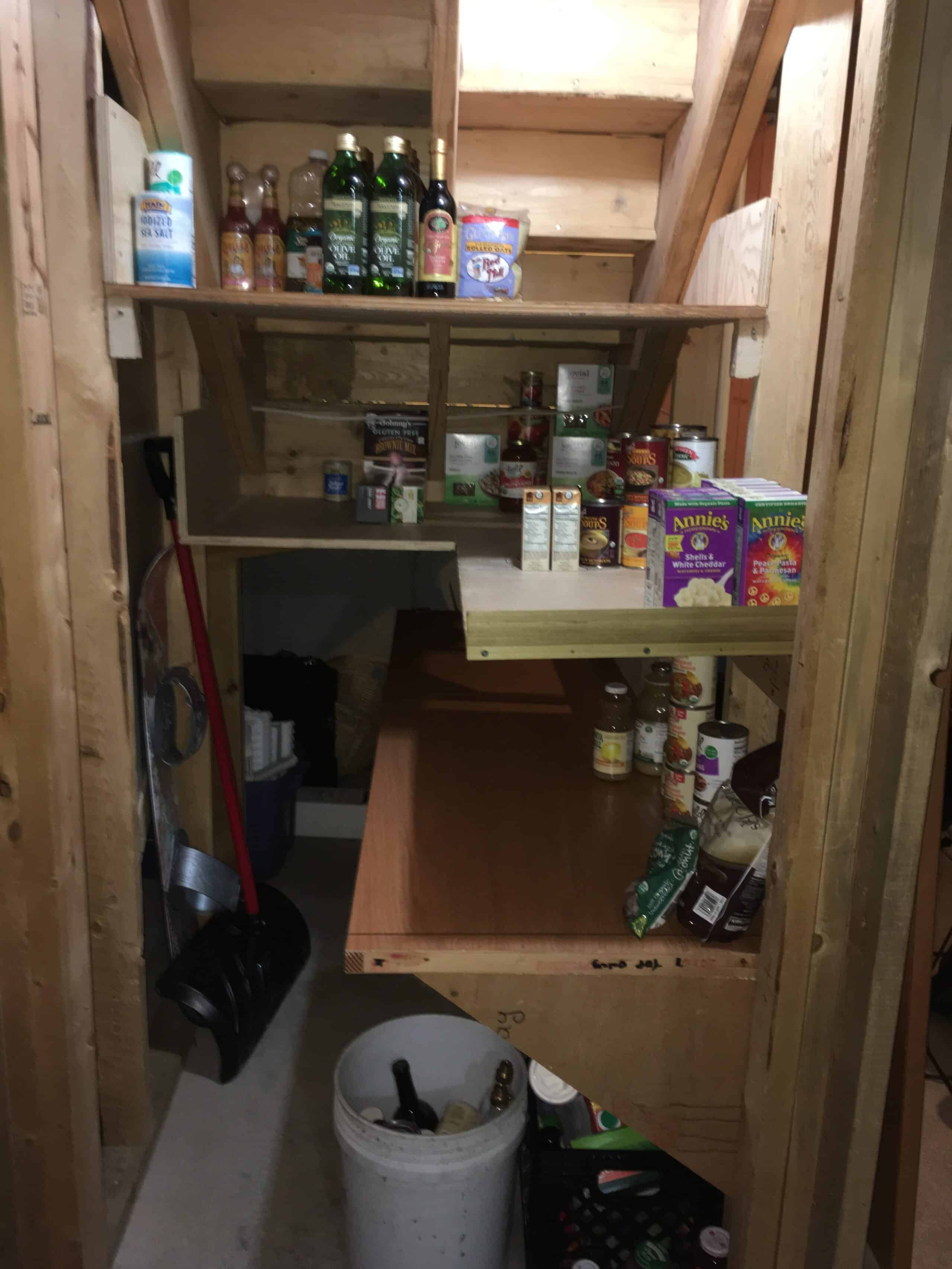
(8) Hygiene. Don’t forget about germs (note the overlap with security above). It’s important to stay clean. The picture below is an example hygiene plan.
- A backup toilet is important. You can use a 5 gallon bucket, lined with a normal trash bag, a swimming pool noodle cut so it will overlap the lip of the bucket so you can sit on it comfortably, sawdust (a scoop per poop), and containers to urinate into and emptying outside so urine is kept separate (women can use a device like the pstyle pictured). Believe it or not, it’s the urine that makes toilets smell, so if you keep it separate, you will be in good territory. Regardless of the absence of smell, the toilet would be improved with a lid, no?
- Paper bowls for eating
- Paper towels
- Toilet paper
- Germ-ex or similar hand-wash liquids
- Disinfectants that can kill viruses and bacteria (note that natural cleaners, like vinegar, are mostly not what you want to depend on: article)
- Garbage bags

Diversify. Cash, gold, land? Keep cash on hand.
(10) Mobility. When you need to leave home, having a location to go to (local or international), multiple routes to get there (using back roads with something like this atlas), and multiple modes of
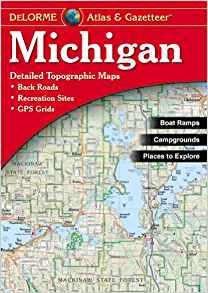
transportation (foot, bike, boat, car; see this site) increases your options. Creating an emergency car kit is a good idea for normal times and disasters. Keep the car gas tank as full as possible: consider 1/2 full as empty.
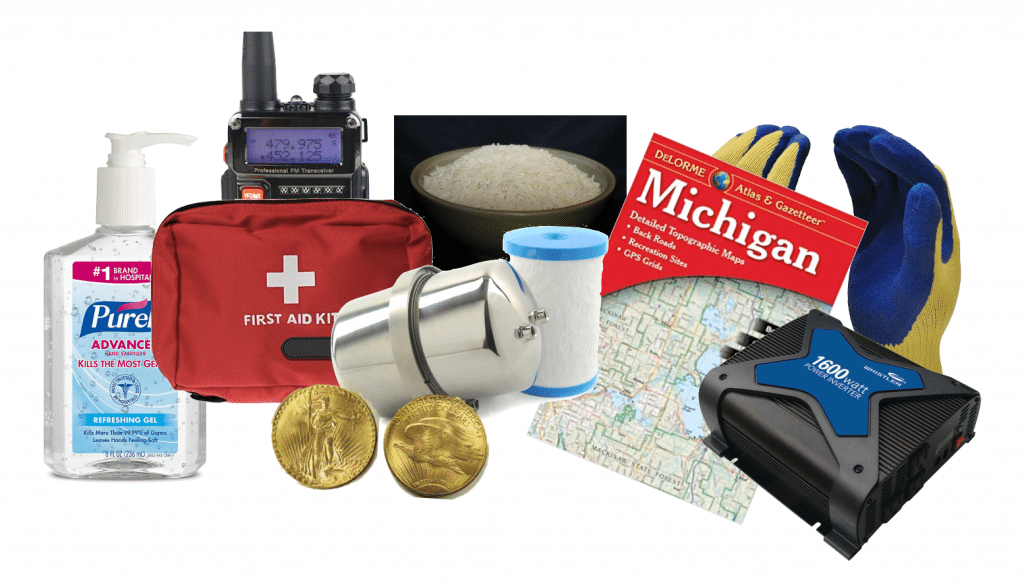
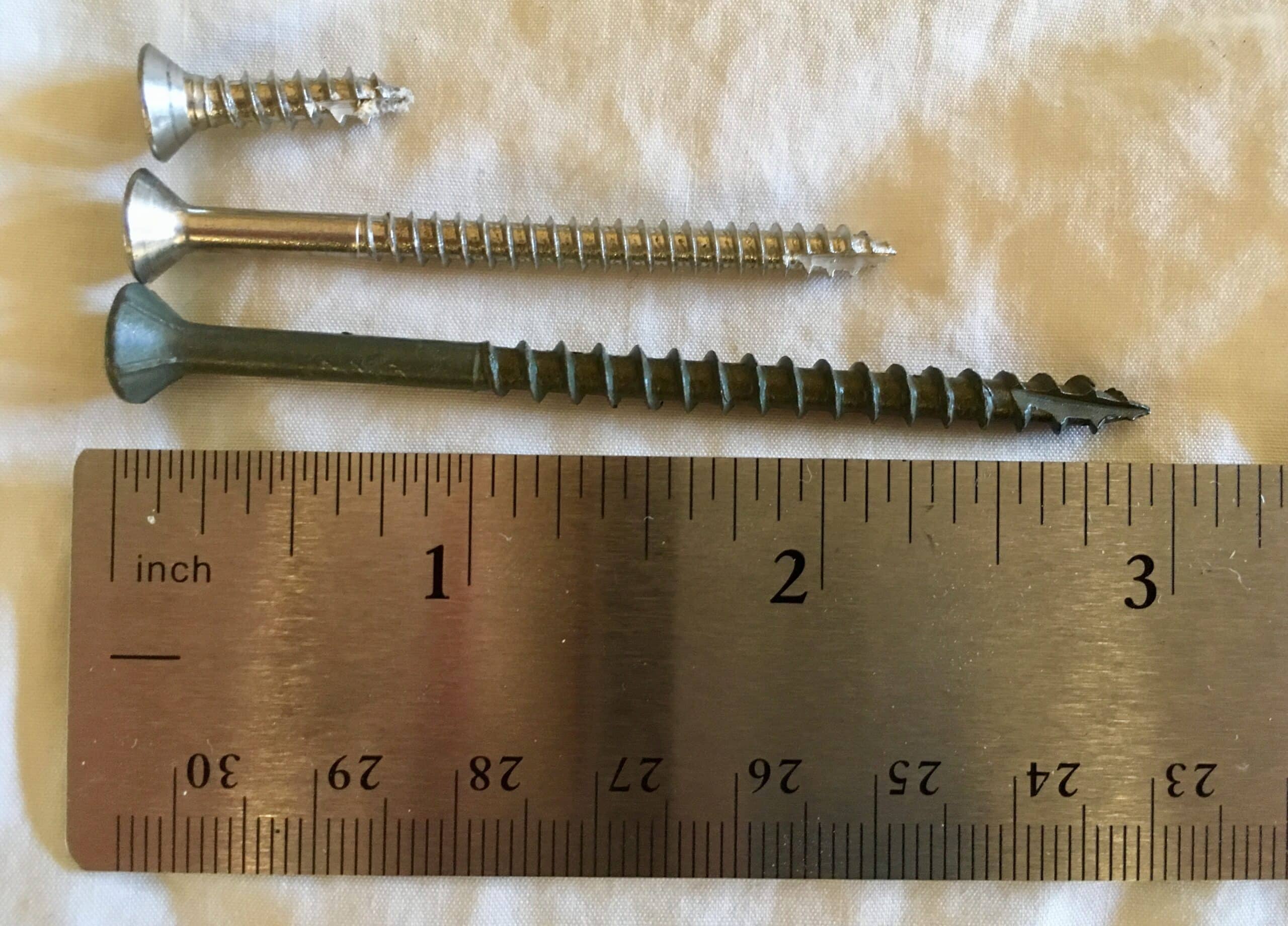

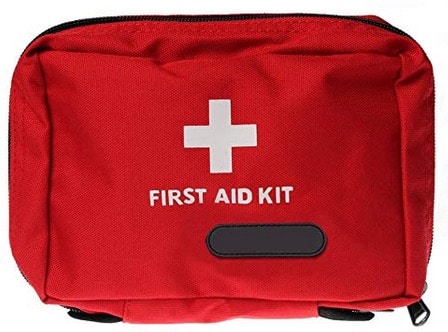
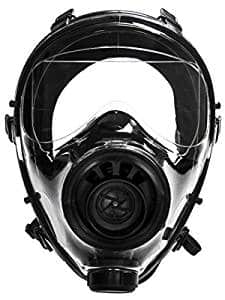
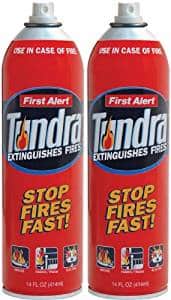

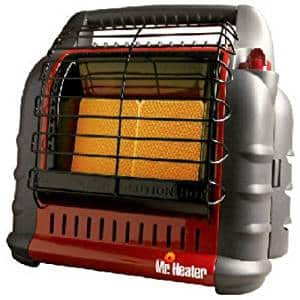
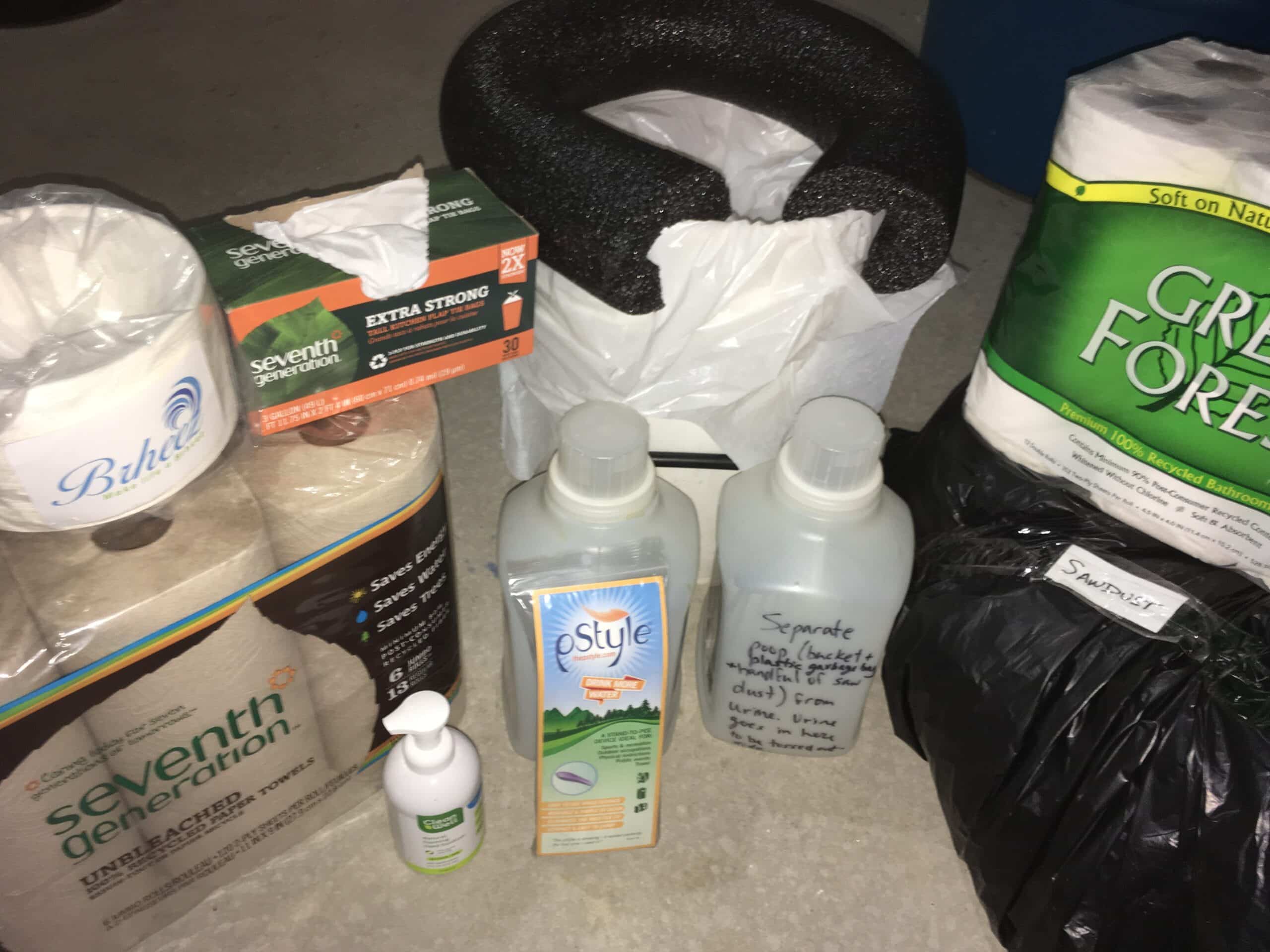
Superb website you have here but I was curious about if you
knew of any discussion boards that cover the same topics talked
about in this article? I’d really like to be a part of community where I can get suggestions from other experienced individuals that share the same interest. If you have any recommendations, please let me know. Kudos!
Hi there,
I don’t know I’m sorry to say. Of course, you and I are having a conversation right now. ; )
Pingback: Solutions for a Functional Future | One Planet Thriving
Pingback: What is resilience? | One Planet Thriving
Pingback: Food Storage | One Planet Thriving
Pingback: Financial Resilience | One Planet Thriving
Pingback: Water: Storing and Filtering | One Planet Thriving
Pingback: The Dysfunctional Status Quo | One Planet Thriving
Pingback: Levels of Resilience: Eggs in one basket? | One Planet Thriving
Pingback: The Dysfunctional Status Quo | One Planet Thriving